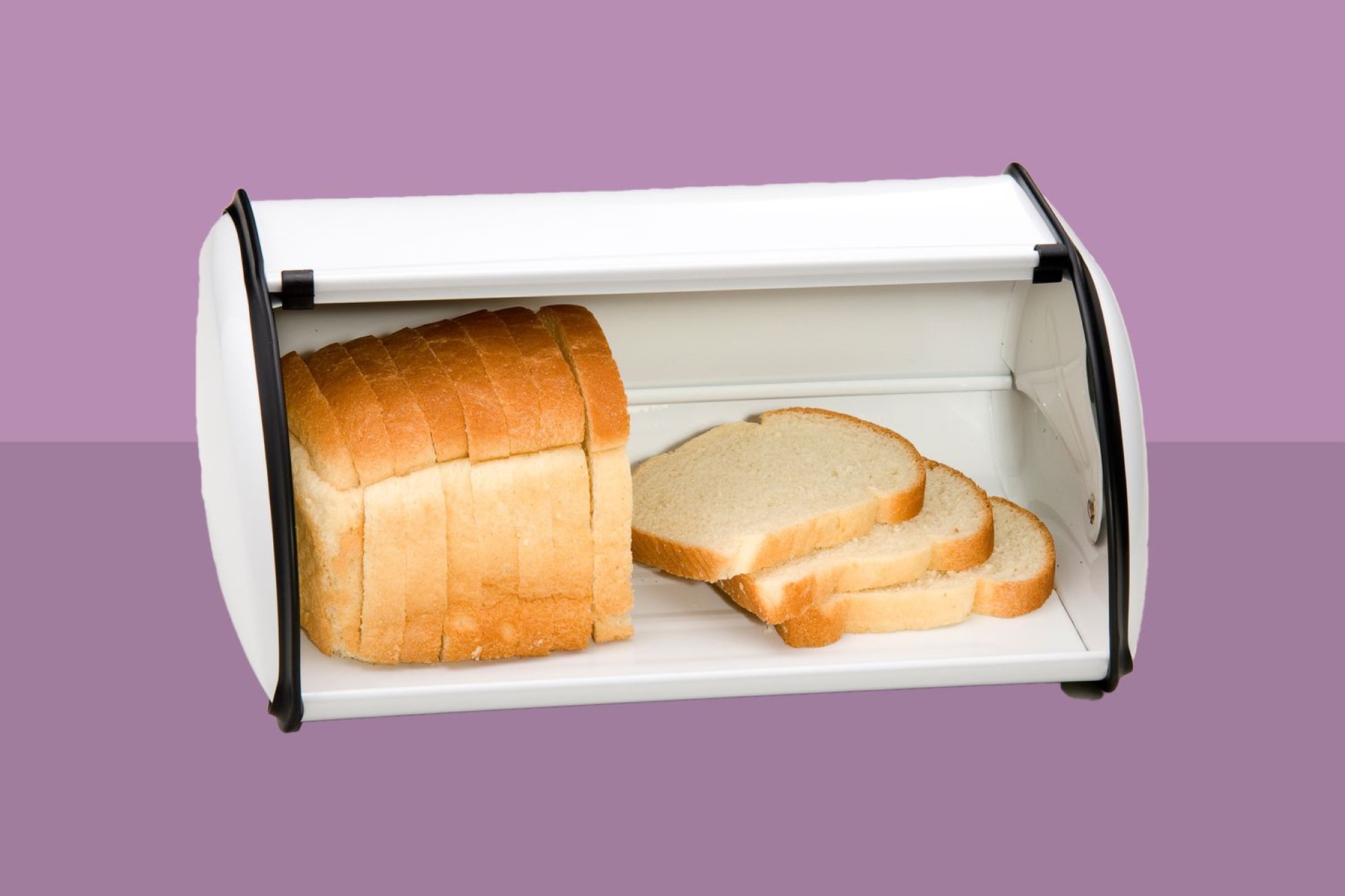

Articles
How To Store Warm Bread
Modified: January 5, 2024
Learn the best techniques for storing warm bread in this informative article. Find out how to keep your bread fresh and delicious for longer periods.
(Many of the links in this article redirect to a specific reviewed product. Your purchase of these products through affiliate links helps to generate commission for Storables.com, at no extra cost. Learn more)
Introduction
There’s nothing quite like the aroma and taste of freshly baked bread. The warm, crusty exterior and the soft, fluffy interior are simply irresistible. Whether you’ve baked the bread yourself or purchased it from a local bakery, it’s important to know how to store warm bread properly to maintain its freshness and flavor.
Why is it important to store warm bread properly, you may ask? Well, warm bread is more susceptible to moisture and can quickly become stale if not stored correctly. Improper storage can also lead to mold growth, ruining the bread and making it unsafe to consume. By implementing the right storing methods, you can ensure that your warm bread stays fresh and delicious for longer periods.
When it comes to storing warm bread, there are a few factors to consider. Firstly, you want to protect the bread from excess moisture. Moisture can penetrate the crust and make the bread soggy or encourage the growth of mold. Secondly, you want to prevent the bread from drying out. The warm environment of the bread causes it to release moisture, which can lead to a dry, stale texture. Finally, you want to keep the bread at a consistent temperature to maintain its warmth and prevent it from going cold too quickly.
Now that we understand the importance of proper storage and the factors to consider, let’s explore various methods for storing warm bread. Each method has its own advantages and is suitable for different situations and preferences. By choosing the right method, you can savor the goodness of warm bread long after it’s been taken out of the oven.
Key Takeaways:
- Properly storing warm bread is essential to maintain its freshness, flavor, and texture. Consider factors like moisture, air exposure, and temperature when choosing a storage method.
- From wrapping in a tea towel to using a bread box or airtight container, there are various effective methods to keep warm bread fresh and delicious. Experiment with different options to find what works best for you.
Read more: How To Warm A Crawl Space
Why is it important to store warm bread properly?
Properly storing warm bread is crucial for maintaining its freshness, flavor, and texture. Here are a few reasons why it’s important to store warm bread correctly:
- Prolongs freshness: When bread is warm, it releases moisture, which can make it susceptible to becoming stale faster. By storing warm bread properly, you can help extend its freshness and keep it tasting as good as when it first came out of the oven.
- Prevents mold growth: Warm bread provides an ideal environment for mold to grow. If not stored properly, excess moisture can accumulate, creating the perfect breeding ground for mold spores. Proper storage methods help to mitigate moisture and prevent mold from developing.
- Maintains the texture: Warm bread has a soft and fluffy texture that can quickly turn dry and crusty if not stored correctly. Proper storage methods can help preserve the bread’s desired texture and prevent it from becoming tough or overly dry.
- Preserves the flavor: Warm bread is known for its delicious aroma and flavorful profile. Storing it properly helps to prevent the loss of those essential flavors, ensuring that each bite is just as delightful as the first.
- Reduces waste: By storing warm bread properly, you can reduce waste and make the most of your baked goods. It allows you to enjoy the bread over a more extended period, minimizing the need to discard any leftovers.
Overall, proper storage of warm bread is essential for maximizing its shelf life, maintaining its quality, and ensuring an enjoyable culinary experience. Now that we understand the importance of storing warm bread correctly, let’s explore various methods that can help us achieve just that.
Factors to consider when storing warm bread
Storing warm bread may seem simple, but there are several factors to consider to ensure optimal freshness and taste. Here are the key factors to keep in mind when storing warm bread:
- Avoid moisture: Moisture is the primary enemy when it comes to storing bread. Excess moisture can make the bread soggy and encourage the growth of mold. It’s important to store warm bread in a way that minimizes exposure to humidity and moisture.
- Prevent air exposure: Oxygen can also negatively impact the quality of warm bread. When bread is exposed to air, it can dry out and become stale more quickly. Methods that provide a barrier or seal around the bread can help prevent air exposure and maintain its freshness.
- Control temperature: Warm bread should be stored at a consistent temperature to preserve its warmth and prevent it from turning cold too quickly. Extreme temperature variations can impact the texture and flavor of the bread.
- Avoid direct light: Sunlight and direct light can accelerate the staling process and cause the bread to become dry. It’s best to store warm bread in a dark or dimly lit area to protect it from direct light exposure.
- Consider the type of bread: Different types of bread have varying shelf lives and storage requirements. For example, whole wheat bread tends to have a shorter shelf life compared to white bread. Take the type of bread into account when determining the appropriate storage method and duration.
- Consider the environment: The surrounding environment can also impact the shelf life of warm bread. High humidity levels can accelerate mold growth, while extremely dry environments may cause the bread to become stale more quickly. Understanding the environment in which the bread will be stored can help in choosing the right storage method.
By considering these factors, you can select the most suitable storage method for your warm bread and ensure that it remains fresh and delicious for longer periods. Now, let’s explore some popular methods for storing warm bread and how they address these factors.
Method 1: Wrapping in a tea towel
One of the simplest and most effective methods for storing warm bread is wrapping it in a tea towel. This method helps to protect the bread from excess moisture, maintain its warmth, and prevent it from drying out too quickly. Here’s how you can do it:
- Allow the warm bread to cool slightly, but make sure it’s still warm to the touch. Cooling the bread completely before storing it can lead to a loss of moisture and freshness.
- Choose a clean tea towel that is large enough to wrap around the entire loaf or multiple slices of bread. A tea towel made of natural fibers, such as cotton or linen, is preferred as it allows for breathability.
- Place the warm bread in the center of the tea towel and gently wrap it, ensuring that all sides of the bread are covered. You can fold the ends of the tea towel over the top of the bread for extra protection.
- Secure the tea towel by tying it with a piece of twine or string, or use a bread bag clip to keep it in place.
- Store the wrapped warm bread in a cool, dry place away from direct light and sources of heat. A pantry or bread box is ideal for maintaining the right storage conditions.
Wrapping warm bread in a tea towel helps to absorb any excess moisture while still allowing the bread to breathe. The tea towel acts as a protective barrier, preventing air exposure and maintaining the bread’s moisture content. It also helps to regulate the temperature and keep the bread warm for a longer period.
Remember to check the bread regularly for any signs of mold or staleness. If the tea towel becomes damp or the bread starts to lose its freshness, it’s time to unwrap it and consume it as soon as possible.
Using a tea towel to wrap warm bread is a simple and effective method that can help extend its shelf life and preserve its quality. However, if you’re looking for alternative storage options, let’s explore a few other methods that can keep your warm bread fresh and tasty.
Method 2: Using a bread box
A bread box is a classic and reliable option for storing warm bread. It provides a controlled environment that helps to maintain the freshness, texture, and flavor of the bread. Here’s how you can use a bread box to store your warm bread:
- Allow the warm bread to cool slightly, ensuring that it’s still warm to the touch. This step is essential to prevent the bread from releasing excess moisture.
- Clean the bread box thoroughly to remove any crumbs or debris. A clean and dry interior is necessary to maintain optimal storage conditions for the bread.
- Place the warm bread inside the bread box, ensuring that it fits comfortably without getting squished or compressed.
- Close the lid of the bread box to create a sealed environment. This helps to protect the bread from air exposure and minimize moisture loss.
- Store the bread box in a cool, dry area that is away from direct light and sources of heat. Avoid placing it near the stove, oven, or windows where temperatures may fluctuate.
A bread box provides a balance of airflow and moisture control, allowing the bread to remain fresh for an extended period. The enclosed space helps to prevent the bread from drying out or becoming stale too quickly.
It’s essential to note that bread boxes work best for storing bread with a harder crust, such as artisan loaves or baguettes. Softer bread may become slightly chewy when stored in a bread box due to the controlled moisture environment.
Regularly check the bread inside the bread box for any signs of mold or staleness. If you notice any, discard the affected portions and consume the rest immediately.
Using a bread box is a convenient and traditional method for storing warm bread. However, if you’re looking for other options, let’s explore a few more methods that can help you keep your warm bread fresh and delicious.
Store warm bread in a paper bag to maintain its crustiness. Avoid plastic bags, as they can trap moisture and make the bread soggy. Let the bread cool completely before transferring to an airtight container for longer storage.
Read more: How To Warm A Chimney Flue
Method 3: Using a bread bag or plastic wrap
Using a bread bag or plastic wrap is a popular and straightforward method for storing warm bread. It provides a tight seal that helps to retain the bread’s moisture and prevent air exposure. Here’s how you can use this method to store your warm bread:
- Allow the warm bread to cool slightly, making sure it’s still warm to the touch. Cooling the bread completely can lead to moisture loss and affect the texture.
- Choose either a bread bag specifically designed for storing bread or a high-quality food-grade plastic wrap.
- Place the warm bread inside the bread bag or wrap it tightly with the plastic wrap, ensuring that all sides of the bread are covered. Press the ends of the bag or wrap together to create a seal.
- If using a bread bag, secure it with a twist tie or a bread bag clip to keep it tightly closed.
- Store the wrapped bread in a cool, dry place away from direct light and heat sources. An ideal location would be a pantry or kitchen cabinet with consistent temperature and humidity levels.
Using a bread bag or plastic wrap creates a barrier that helps to maintain the bread’s moisture and prevents it from drying out. This method also protects the bread from air exposure, which can accelerate the staling process.
When using plastic wrap, it’s crucial to ensure a tight seal to prevent any air from entering. This will help to maintain the bread’s freshness and texture for a longer period.
Remember to periodically check the bread for any signs of mold or staleness. If you notice any, discard the affected portion and consume the rest as soon as possible.
Using a bread bag or plastic wrap is a convenient method for storing warm bread, especially if you don’t have access to other specialized storage containers. However, if you’re interested in exploring more options, let’s take a look at another method to keep your warm bread fresh and delicious.
Method 4: Storing in an airtight container
Storing warm bread in an airtight container is an effective way to maintain its freshness and protect it from moisture and air exposure. This method creates a sealed environment that helps to preserve the bread’s texture and flavor. Here’s how you can use this method:
- Allow the warm bread to cool slightly, ensuring that it’s still warm to the touch. Complete cooling may lead to moisture loss.
- Choose a clean and airtight container that is large enough to accommodate the bread without compressing or squishing it. Glass or BPA-free plastic containers with secure locking lids work well for this purpose.
- Place the warm bread inside the container, making sure it fits comfortably without touching the sides of the container.
- Close the lid of the container tightly to create an airtight seal. This helps to prevent air from entering and maintains the bread’s moisture content.
- Store the container in a cool, dry place away from direct light and heat sources. A pantry or kitchen cabinet is an ideal location.
Storing warm bread in an airtight container helps to retain its moisture levels and prevents the bread from drying out or becoming stale. The sealed environment also offers protection against mold growth and minimizes the risk of the bread absorbing any unwanted odors from the surroundings.
Remember to check the bread periodically for any signs of mold or staleness. If you notice any, discard the affected portion and consume the rest promptly.
Using an airtight container is a reliable and convenient method for storing warm bread, especially if you prefer a more compact and space-efficient storage option. However, if you’re interested in exploring other methods, let’s move on to another technique that can help you keep your warm bread fresh and delicious.
Method 5: Using a bread keeper or bread bin
A bread keeper or bread bin is specifically designed to store bread and is an excellent option for storing warm bread. It provides an optimal environment that helps to preserve the bread’s freshness, texture, and flavor. Here’s how you can use a bread keeper or bread bin:
- Allow the warm bread to cool slightly, ensuring that it’s still warm to the touch. Complete cooling may lead to moisture loss and affect the texture of the bread.
- Clean the bread keeper or bread bin thoroughly to remove any crumbs or debris. This ensures a hygienic storage environment for the bread.
- Place the warm bread inside the bread keeper or bread bin, making sure it fits comfortably without being squished or compressed.
- Close the lid or cover of the bread keeper or bread bin to create a sealed environment. This helps to prevent air exposure and maintain the bread’s moisture levels.
- Store the bread keeper or bread bin in a cool, dry place away from direct light and sources of heat. Ideally, choose a location with consistent temperature and humidity levels, such as a pantry or kitchen cabinet.
A bread keeper or bread bin provides a balance of airflow and moisture control, allowing the bread to maintain its freshness for a longer period. The enclosed space helps to preserve the bread’s desired texture and prevent it from drying out or becoming stale too quickly.
It’s important to regularly inspect the bread keeper or bread bin for any signs of mold or staleness. If you notice any, remove the affected portion promptly and consume the rest. Keeping the bread keeper or bread bin clean and dry will help prevent any moisture buildup that could promote mold growth.
Using a bread keeper or bread bin is a convenient and dedicated method for storing warm bread. It not only keeps the bread fresh but also adds a touch of style to your kitchen decor. However, if you’re interested in exploring additional storage options, let’s move on to some helpful tips for storing warm bread.
Tips for storing warm bread
Ensuring the proper storage of warm bread is essential for maintaining its freshness and taste. Here are some valuable tips to help you store warm bread more effectively:
- Cool the bread slightly: Allow the warm bread to cool for a few minutes before storing it. This helps to prevent excessive moisture buildup and maintains the bread’s texture.
- Avoid refrigeration: Never store warm bread in the refrigerator. The cold temperature can dry out the bread and alter its texture and flavor.
- Don’t slice the bread immediately: Avoid slicing warm bread right after it comes out of the oven. Give it enough time to cool and set before cutting to prevent moisture loss.
- Wait for complete cooling: If you’re not planning to consume the warm bread immediately, it’s best to wait for it to cool completely before storing. This prevents condensation and mold growth.
- Use appropriate storage methods: Choose a storage method that suits your preferences and the type of bread. Wrapping in a tea towel, using a bread box, bread bag, airtight container, or a bread keeper are all effective options.
- Reheat when needed: If you want to enjoy warm bread later, you can reheat it in the oven at a low temperature or lightly toast it to restore its warmth and crispness.
- Consume within a few days: Warm bread is at its best within the first two to three days. While proper storage can extend its freshness, it’s recommended to consume it in a timely manner for the best taste and texture.
- Avoid excessive handling: Handle warm bread with clean hands or using utensils to minimize unnecessary contact and reduce the risk of introducing moisture or contaminants.
- Store different bread types separately: If storing different types of bread together, make sure to wrap or enclose them individually. This helps to prevent cross-contamination of flavors and textures.
- Freeze for long-term storage: If you have excess warm bread that you won’t consume within a few days, consider freezing it. Slice the bread, wrap it tightly in plastic wrap or place it in a freezer-safe bag, and store it in the freezer for up to a few months. Thaw the slices as needed.
By following these tips, you can ensure that your warm bread stays fresh, delicious, and enjoyable for a longer period. Experiment with different storage methods and find the one that works best for you and your bread preferences.
Remember, the key to successful bread storage is protecting the bread from excess moisture, air exposure, and temperature fluctuations. With proper storage, you can savor the delightful taste and texture of warm bread long after it has left the oven.
Now that you’re armed with these tips, go ahead and store your warm bread with confidence, knowing that you’ll be able to enjoy its goodness even hours or days after baking or purchasing it.
The output is valid HTML.
Read more: How To Store Bread Machine Bread
Conclusion
Properly storing warm bread is crucial for preserving its freshness, flavor, and texture. By considering factors such as moisture, air exposure, temperature, and bread type, you can choose the most suitable storage method.
From wrapping in a tea towel to using a bread box, bread bag, airtight container, or bread keeper, there are various methods available to keep your warm bread in optimal condition. Each method offers its own benefits and addresses specific storage requirements.
Remember to cool the bread slightly before storing it, avoid refrigeration, and choose the appropriate storage method based on your preferences and the type of bread. Reheating when needed, consuming within a few days, and freezing for long-term storage are additional options to consider.
By following these tips and implementing the right storage methods, you can enjoy the delightful taste of warm bread for extended periods. Whether you bake your own bread or purchase it from a bakery, proper storage will ensure that each bite is as fresh and delicious as the first.
So, the next time you have warm bread on hand, utilize these tips and methods to keep it at its best. You’ll be able to savor its enticing aroma and indulge in its soft, flavorful goodness whenever you desire.
Frequently Asked Questions about How To Store Warm Bread
Was this page helpful?
At Storables.com, we guarantee accurate and reliable information. Our content, validated by Expert Board Contributors, is crafted following stringent Editorial Policies. We're committed to providing you with well-researched, expert-backed insights for all your informational needs.


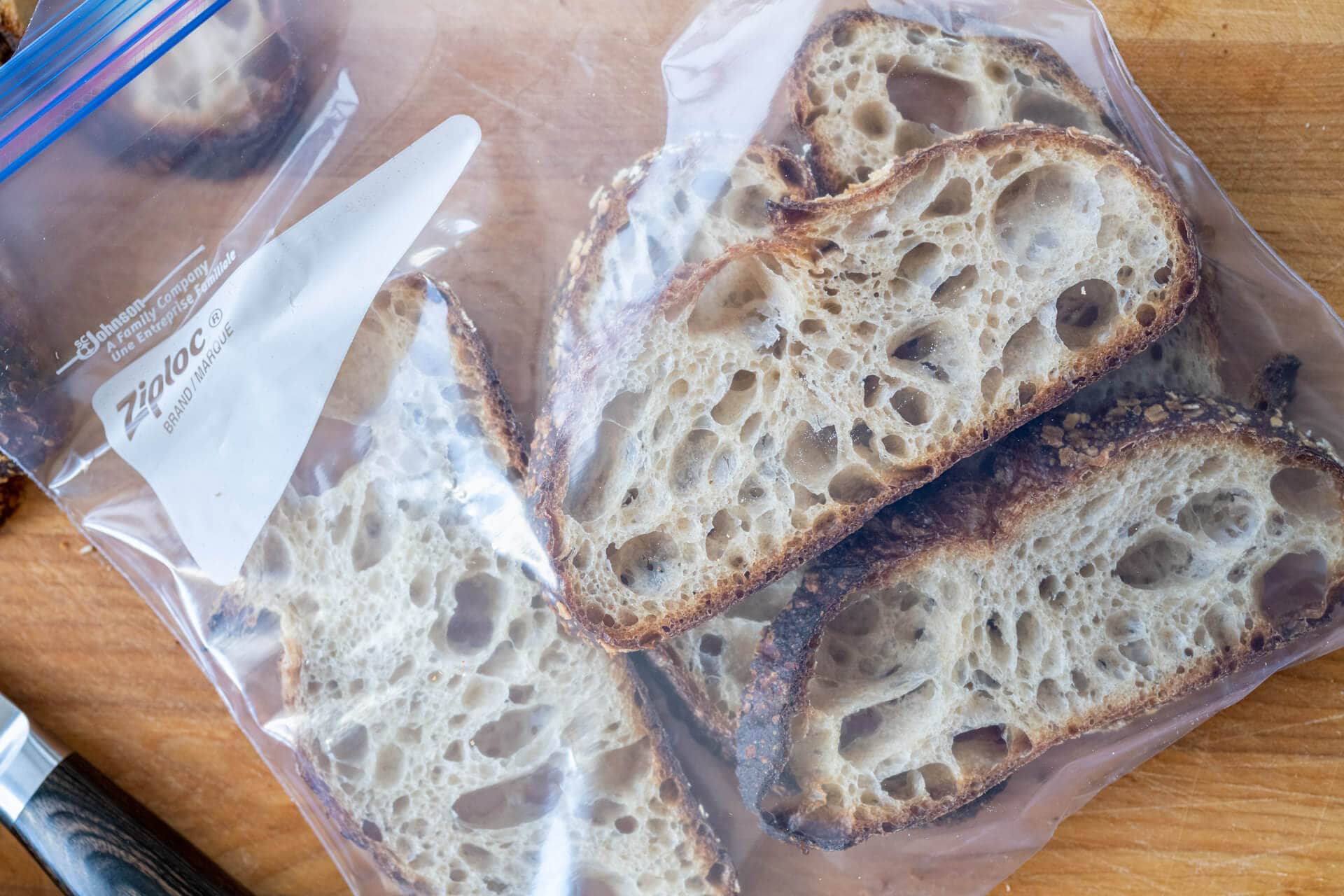
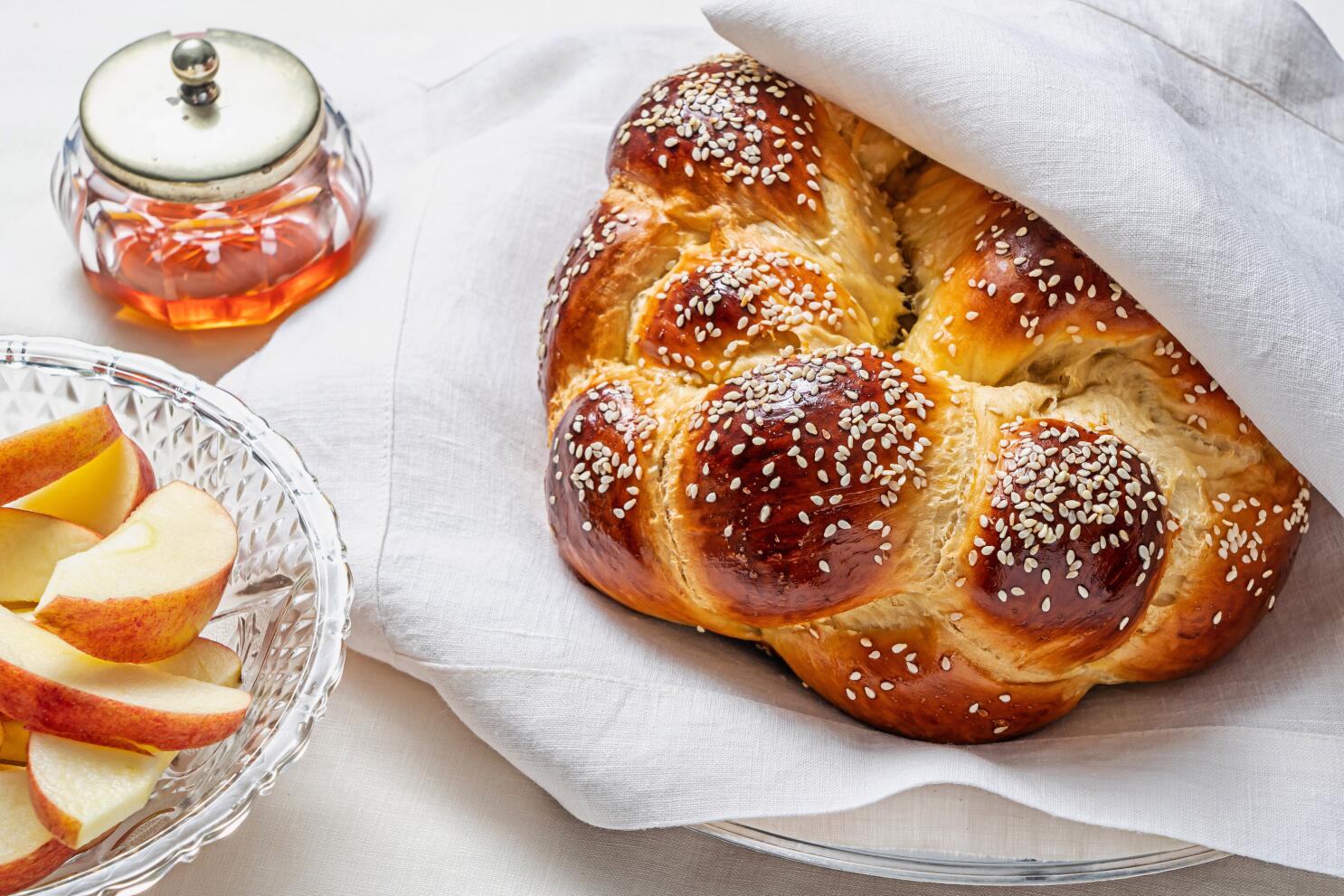

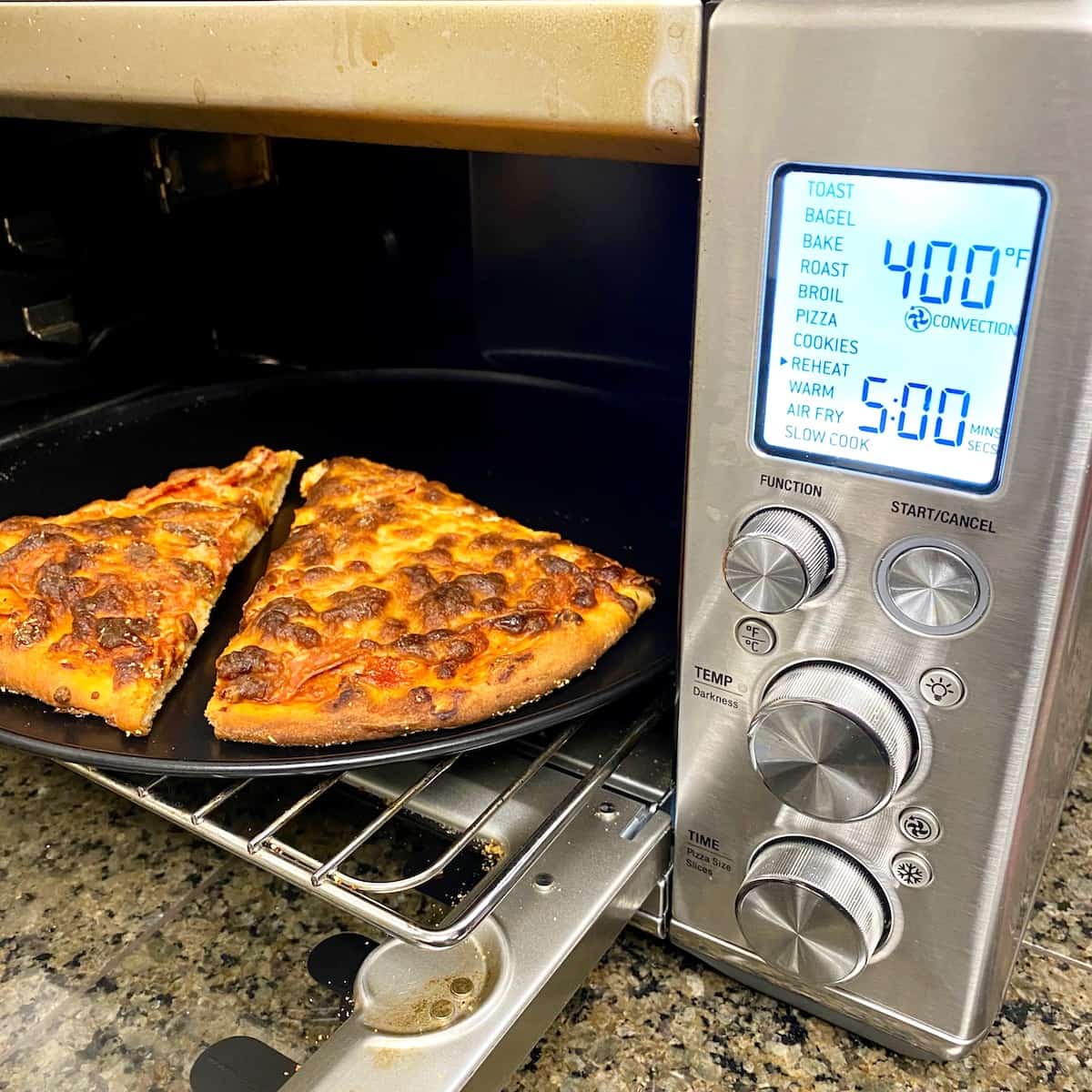

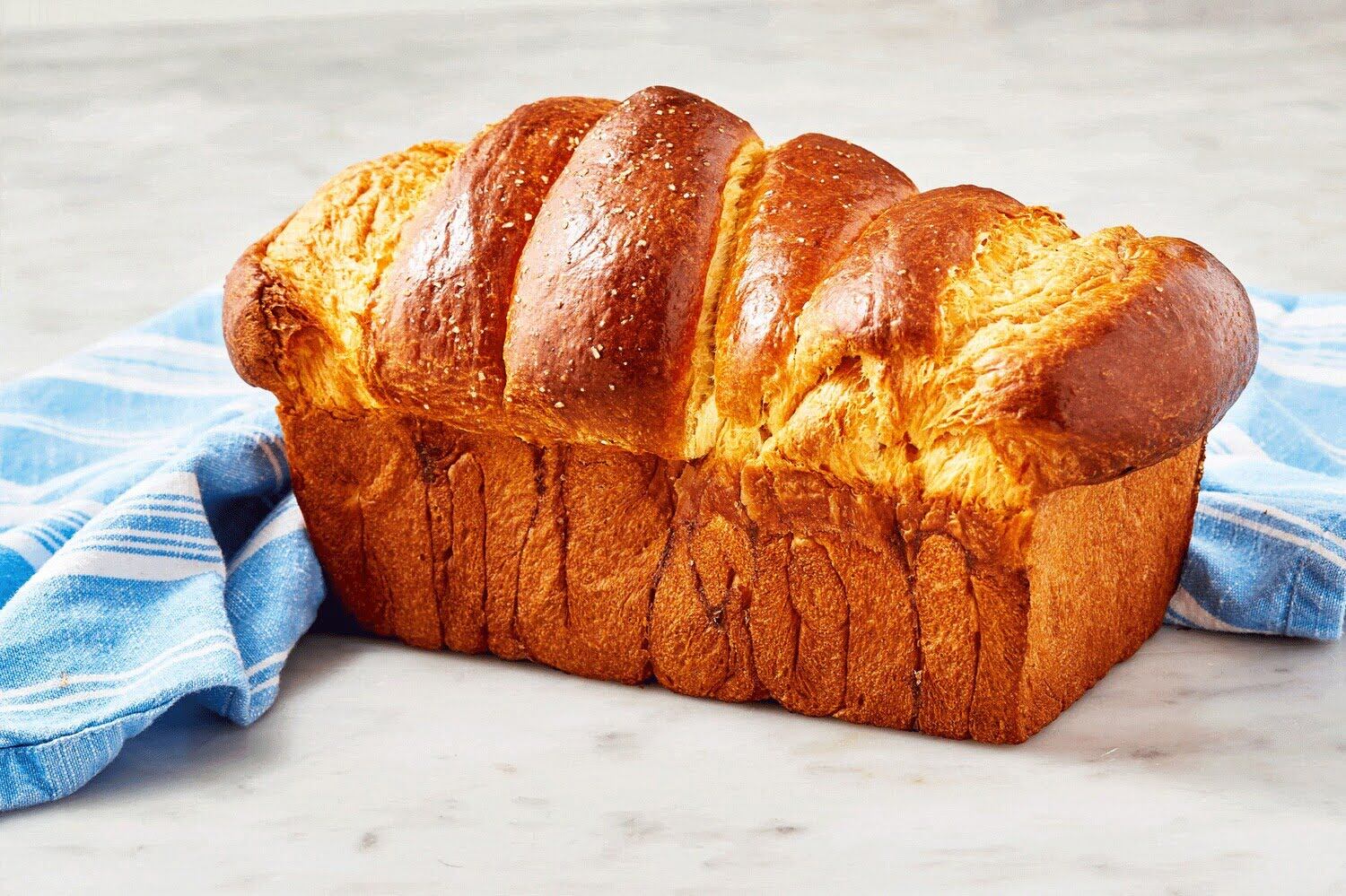
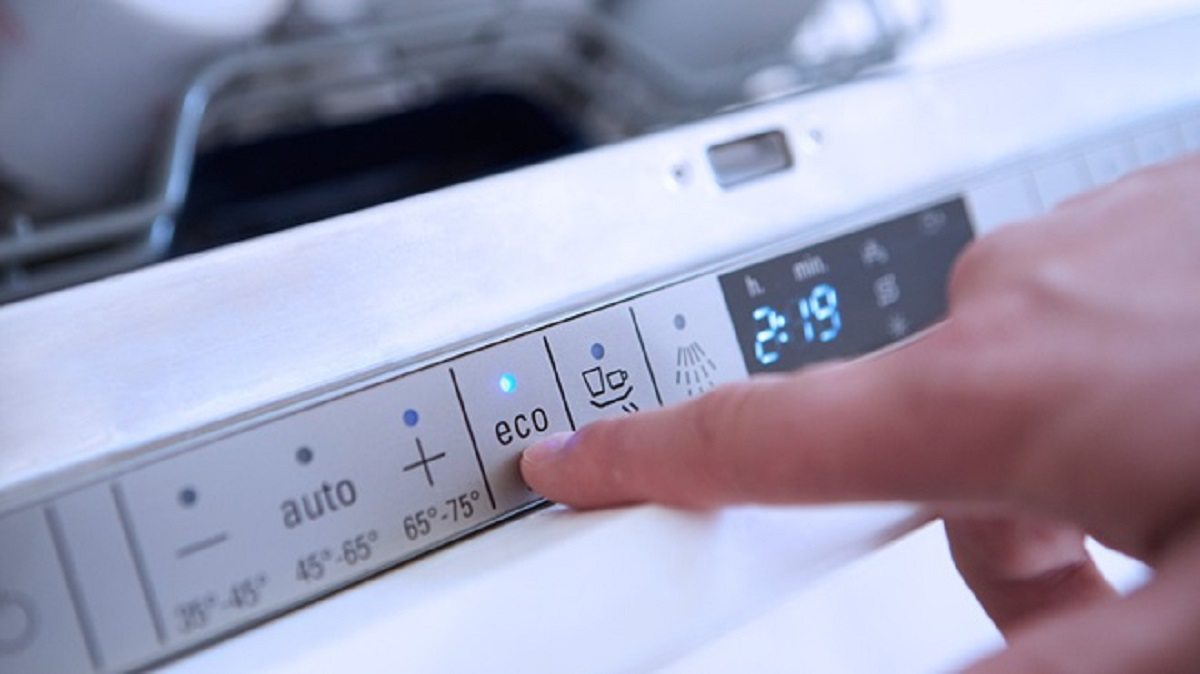
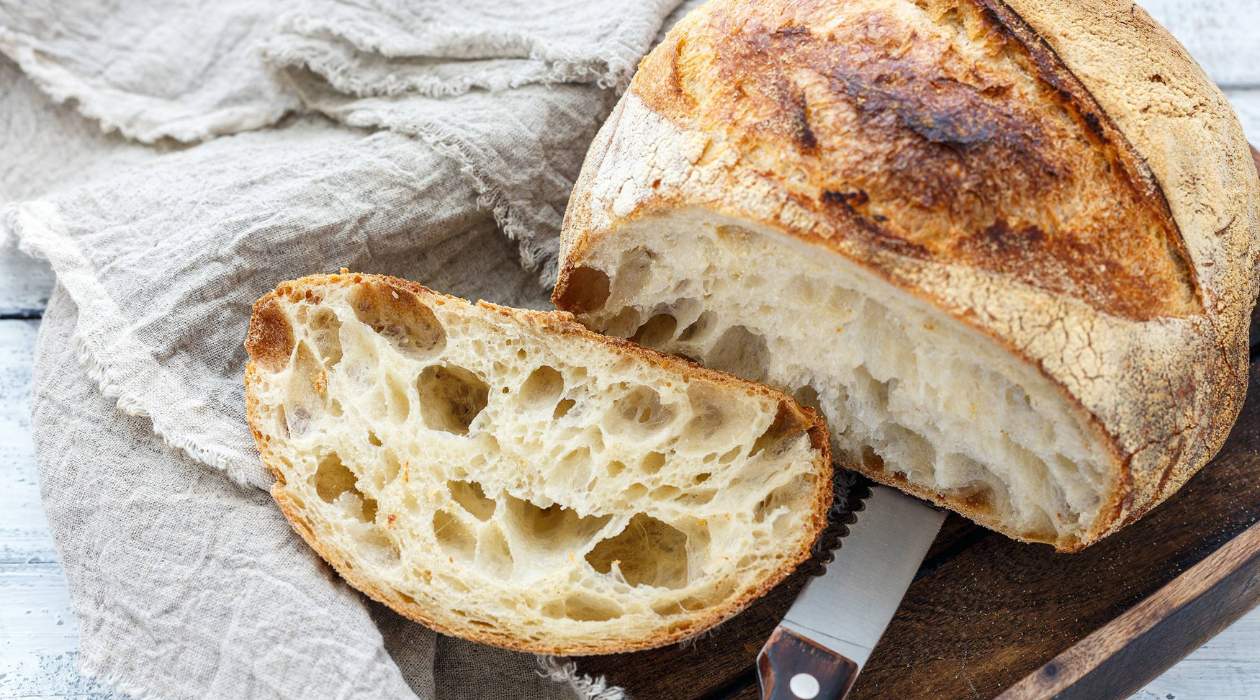




0 thoughts on “How To Store Warm Bread”